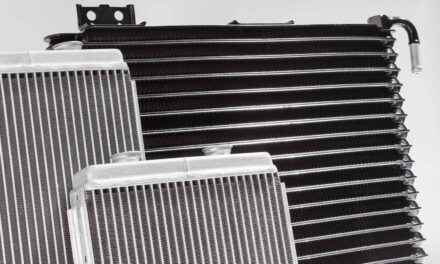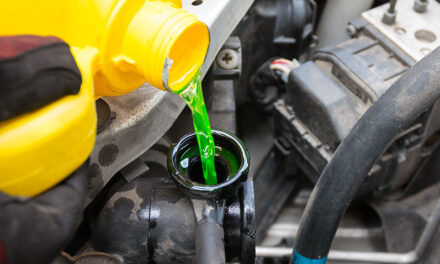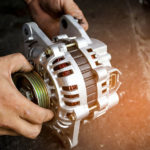Is your engine overheating and the radiator leaking? It is time to swap out the faulty radiator with a quality replacement. You have all the tools for the job, but isn’t there always one more thing to remember? Find the radiator replacement advice needed to do it right the first time in the quick FAQ below.
- Remember the Safety Gear
Don’t forget that your car is on wheels, even if it isn’t running. Use jack stands to support the car while draining the radiator and chock the wheels for the entire duration of the repair. Mechanics gloves protect you from sharp metal and safety glasses prevent injury from caustic chemicals or splashing hot water.
- Inspect Your Hoses Before You Buy Parts
If your radiator is old enough to be leaking, it is likely that the hoses are also getting brittle or are cracked. It may seem like an added expense, but imagine if you skip replacing the hoses, and then they burst. Your engine and the new radiator could be damaged, costing far more in repairs than anticipated.
- Measure Twice and Match the Connections
Unless you are purchasing an OEM radiator, it is likely that the new one won’t be a perfect fit. Before clicking to purchase the part, double-check that it has the inlet and outlet on the correct side–matching your existing unit. Measure your current radiator in height, width, and depth, and verify the replacement will slide right into its spot.
- Fins Per Square Inch are Your Best Performance Indicator
With improved technology and new material, your replacement radiator will likely outperform the old one. If you are looking to boost your horsepower and improve your time down the line, look for a radiator with more than 14 fins per square inch. More fins equal more surface area which helps to provide more cooling efficiency for the engine. Most factory-installed radiators contain between 8 and 14 fins per square inch.
Going Bigger May Cause More Problems than It Solves
If you are thinking of upgrading your radiator, carefully consider the engine compartment and airflow before buying. If your grille and fan are small, hiding a wider radiator under the hood will not allow the new equipment to perform up to standards. If you opt for a 3-row unit, it could be too thick, preventing you from reinstalling the fan. If your car has false intake panels in the front fascia, it is possible to cut out the panels and install a screen to better accommodate your new performance radiator.
Mechanically, replacing a radiator is one of the simpler car repairs that a novice is able to tackle without too much assistance. However, it is important to heed all the radiator replacement advice available. When you take your time and double-check your parts, you will have the old one out and the new one installed in short order.














